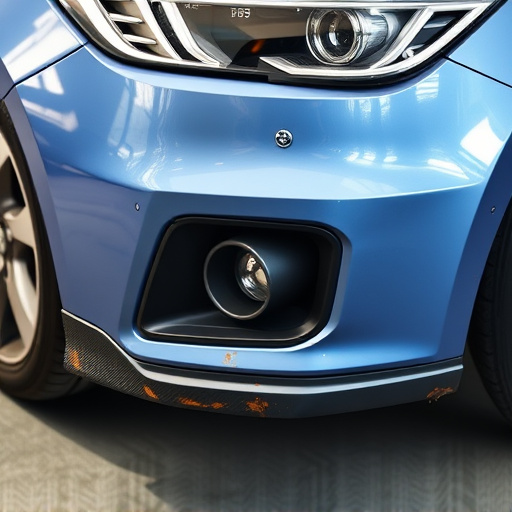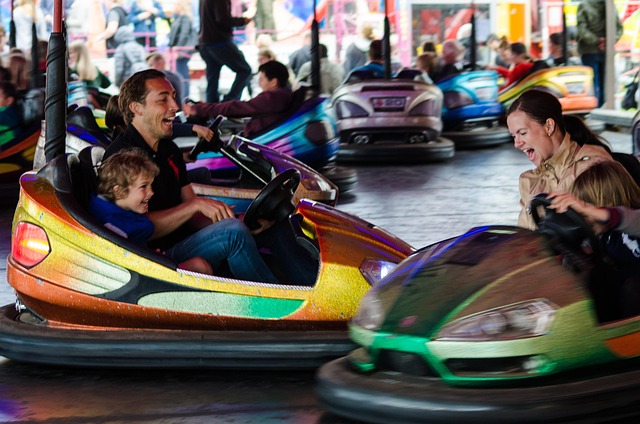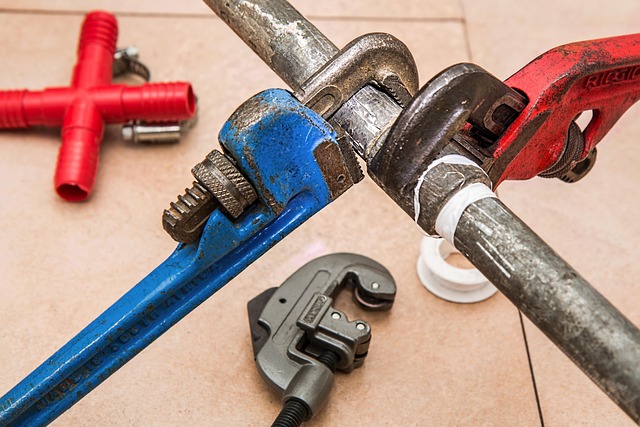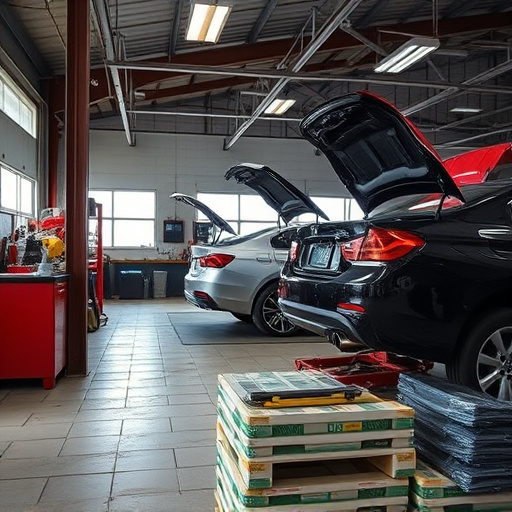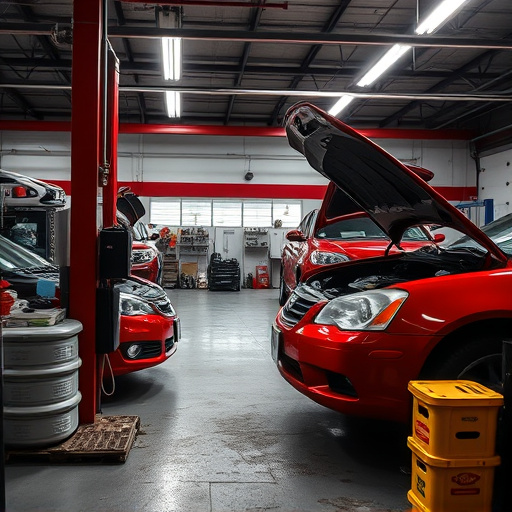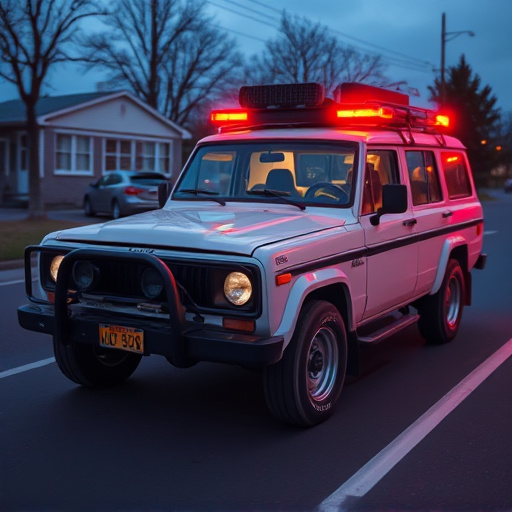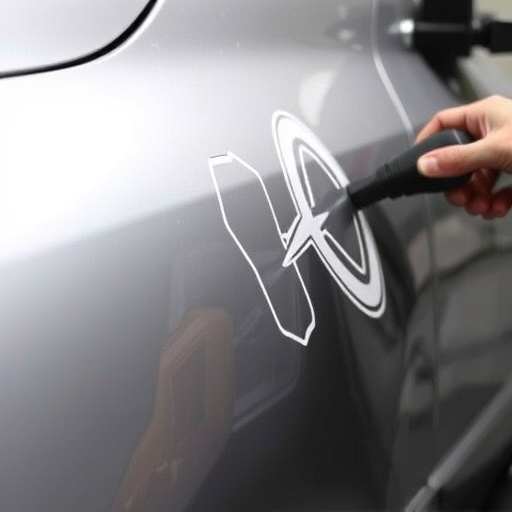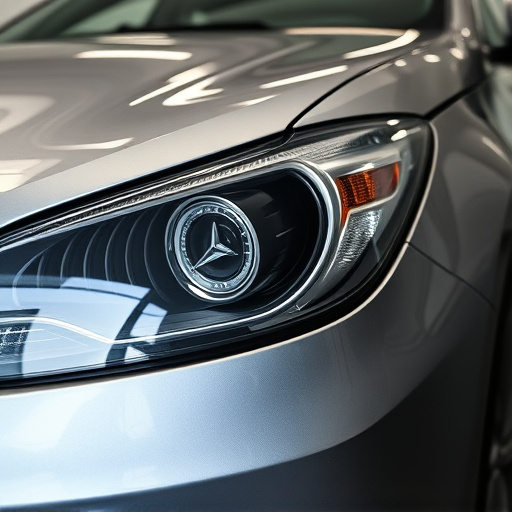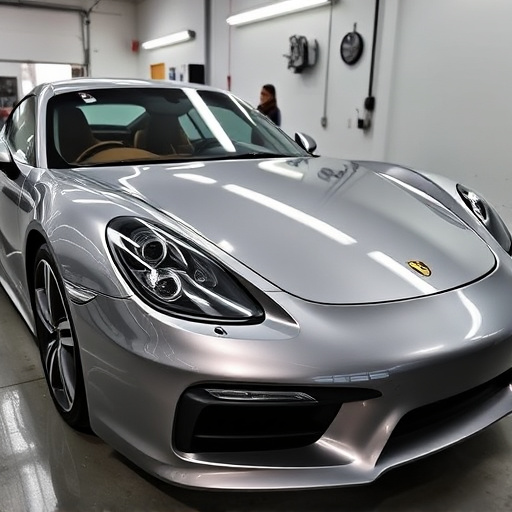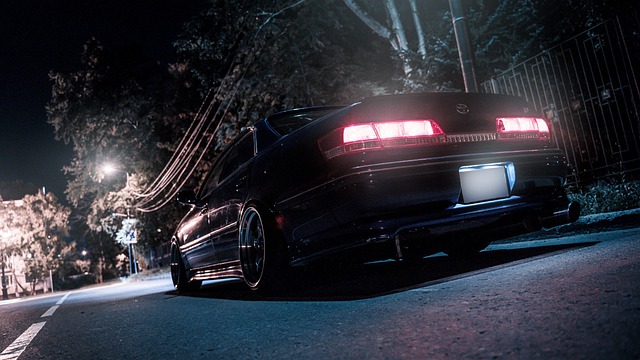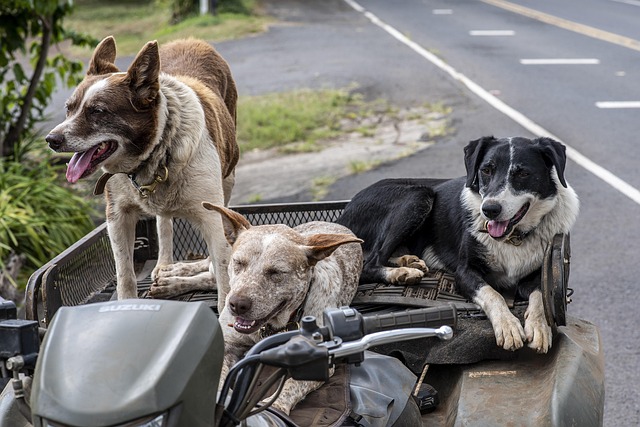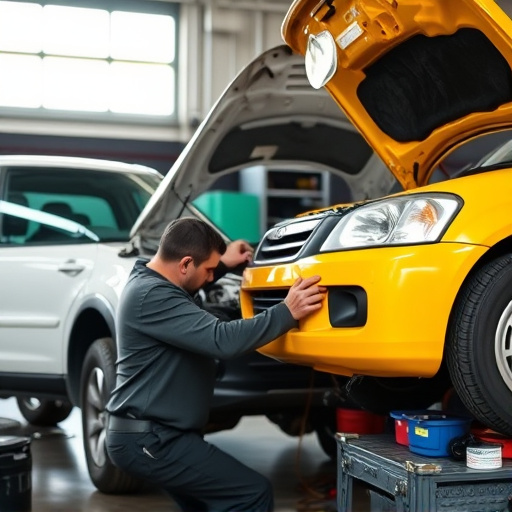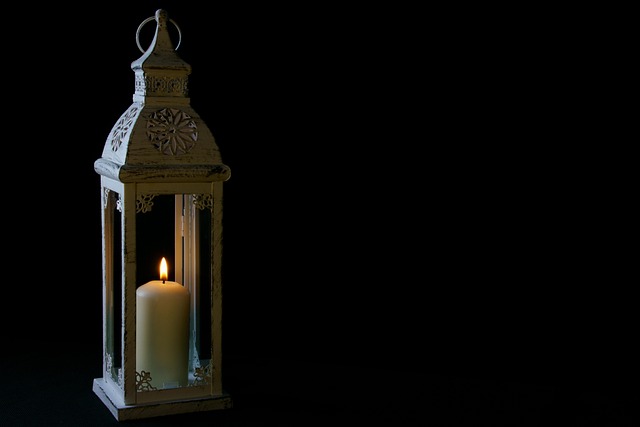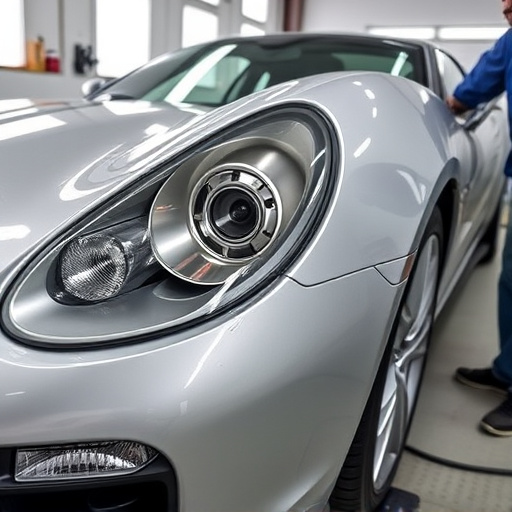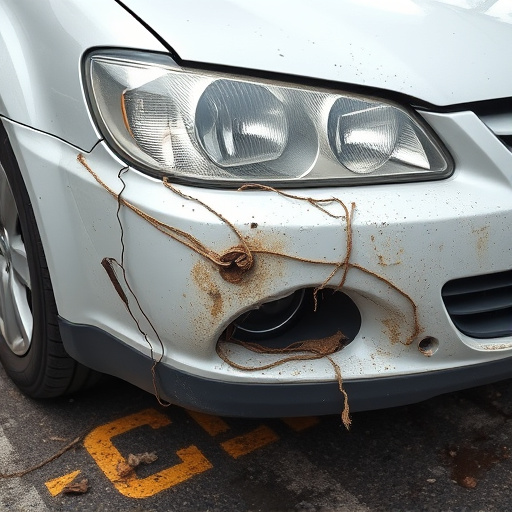Custom color matching collision repair combines scientific analysis and artistic precision to restore luxury vehicles to their original appearance. Damage complexity, part availability, and best practices influence repair timelines. Preparing the auto body, using professional-grade products, leveraging advanced tools, and maintaining detailed records are key to achieving high-quality outcomes while minimizing human error and enhancing efficiency.
In the realm of collision repair, achieving flawless results with custom color matching is paramount. This article serves as a comprehensive guide, exploring the intricate process and timeline expectations behind this critical aspect. From understanding the science behind custom color matching to identifying factors that influence repair time, we delve into best practices for efficient color coordination. By adhering to these strategies, professionals can ensure precise, timely restoration of vehicles to their original aesthetic splendor.
- Understanding Custom Color Matching Process
- Factors Influencing Timeline for Collision Repair
- Best Practices for Efficient Color Matching
Understanding Custom Color Matching Process
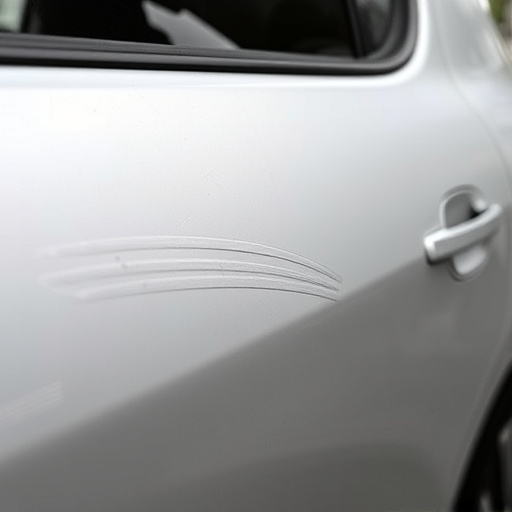
The custom color matching collision repair process involves a meticulous dance of science and art. It begins with an in-depth analysis of the vehicle’s original paint job, examining its unique pigment and formula. This data is then fed into specialized computer software, which acts as a kind of digital alchemist, calculating the exact replication of the original shade. The software generates a precise recipe for the new paint, ensuring a flawless match.
Once the formula is crafted, the real work begins. Skilled technicians carefully apply the custom-matched paint, layer by layer, allowing each coat to dry and cure properly. This meticulous process, often compared to an intricate car restoration, demands precision and patience. The end result is a vehicle that not only looks identical to its former glory but also retains the integrity of its original finish, making it a standout in the world of luxury vehicle repair and beyond.
Factors Influencing Timeline for Collision Repair
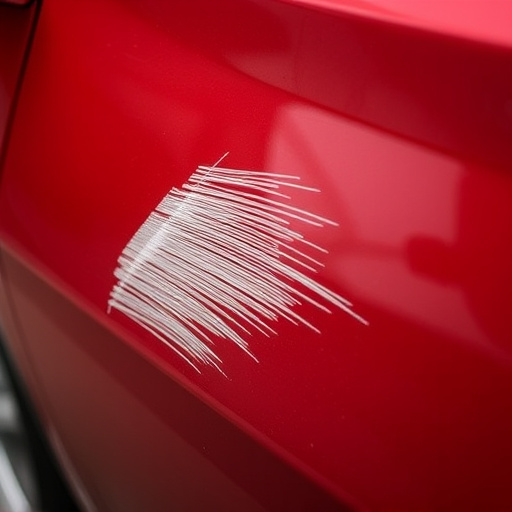
Several factors significantly influence the timeline for custom color matching collision repair, ensuring precision and quality. One key aspect is the complexity of the damage, ranging from minor dents to extensive panels replacements, each requiring varying degrees of time for meticulous repairs. The size and depth of the damage play a crucial role in determining how long it will take to restore the vehicle to its original state.
Additionally, the availability of parts and materials can impact timelines, especially with custom color matching. Obtaining specific shades and ensuring they align precisely with the vehicle’s existing color can introduce delays. Auto repair services that specialize in this aspect often have faster turnaround times due to established relationships with suppliers and an efficient inventory management system for car body repair components.
Best Practices for Efficient Color Matching
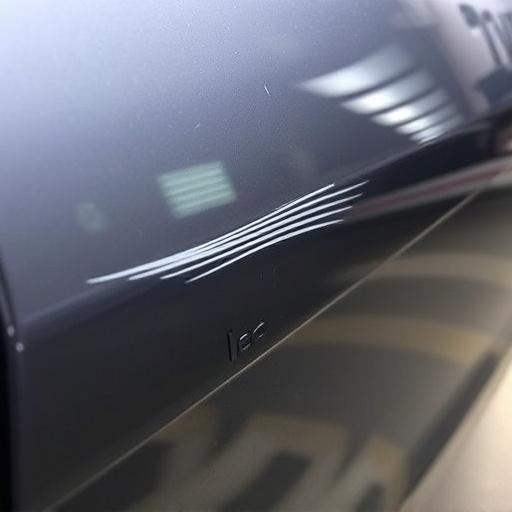
Implementing best practices for efficient color matching in custom color matching collision repair is paramount to achieving high-quality outcomes. The process begins with thorough preparation of the damaged auto body, ensuring it’s clean, dry, and free from any contaminants that could affect the final color result. Using professional-grade primers and base coats designed for precise color matching is essential; these products provide a solid foundation for accurate color reproduction.
Technicians should leverage advanced tools like spectrophotometers to accurately measure and match colors, minimizing human error. Consistent application techniques and environment control, including proper lighting conditions, help ensure the accuracy of color matching. Additionally, maintaining detailed records of color codes, panel specifications, and repair procedures facilitates future reference and ensures consistency across repairs, enhancing the overall efficiency of auto body work.
In the realm of collision repair, achieving precise custom color matching is both an art and a science. By understanding the process, identifying factors that influence timelines, and implementing best practices, professionals can efficiently restore vehicles to their pre-accident condition. Armed with this knowledge, folks can navigate the intricate path of color matching, ensuring their vehicles not only look like new but also possess a vibrant, indelible finish—a testament to the craftsmanship involved in the collision repair process.
